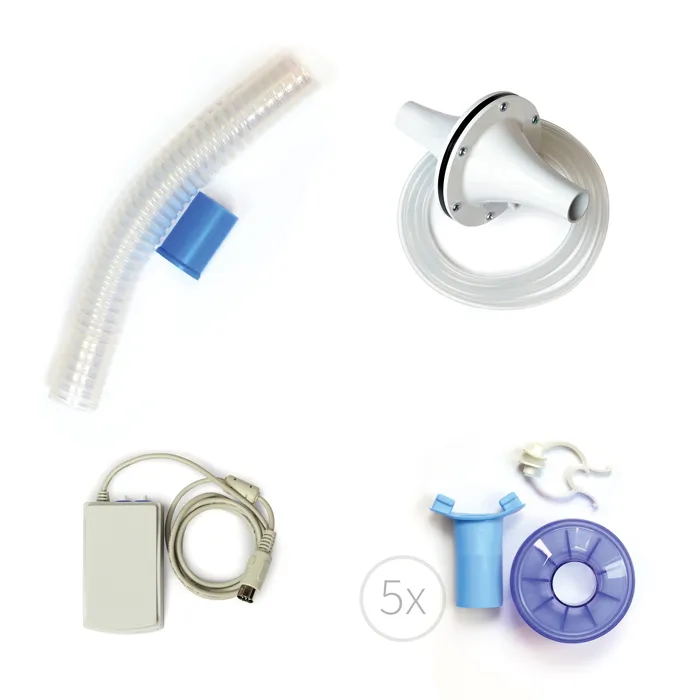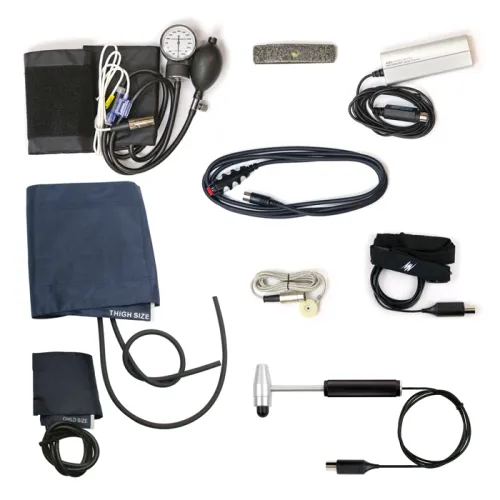Human Respiratory Kit
Suitable for performing respiratory experiments on human subjects. Capable of recording inhalation and exhalation parameters such as minute ventilation and tidal volume, as well as PIF, PEF, FVC and FEV1.
Overview
Suitable for performing respiratory experiments on human subjects. Capable of recording inhalation and exhalation parameters such as minute ventilation and tidal volume, as well as PIF, PEF, FVC and FEV1.
Recommended:
Lt: Medicine, Nursing
Lt or Lt LabStation: Human Physiology
PowerLab 26T or 15T
Kit contains:
Related
Research Applications
Support
Support Articles
Our Support Articles contain answers to common questions, how-tos, solutions, and documentation.
Training and Workshops
Maximize time and resources with our customized training services delivered at your facility, on your equipment, on your terms.



